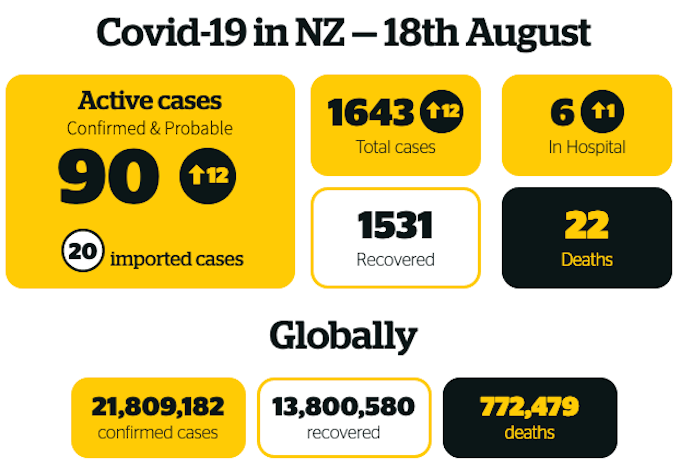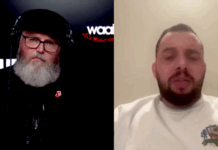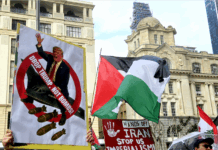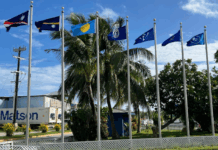
COMMENT: By Teuila Fuatai
South Auckland and its communities, specifically Pasifika, are at the centre of New Zealand’s current covid-19 cluster.
As a result, media coverage, health information and public reaction have taken a significantly different tone to what occurred during New Zealand’s first wave of cases.
Racism and misinformation continue to marginalise the “index” family, Pasifika communities and South Auckland. It is an ugliness that has fed debate around the merits of continually highlighting ethnicity and the region.
- READ MORE: Barbara Dreaver: Should we identify the first covid family as Pasifika? Yes, we should, and here’s why
- South Auckland locals hit back against online hate around NZ covid cases
Questions include the need for the public to know cases are “Pasifika”, and whether they are being treated fairly by health authorities. That then links to the recent requirement for virus-positive households to go into managed facilities.
The answers to those do not come neatly packaged. However, they are important when trying to understand information, including ethnicity data, around the current outbreak. Part of that includes looking at the timing of information being released.
A ‘Pasifika’ family
The current cluster, and subsequent restrictions, were announced a week ago by the Prime Minister and Director-General of Health. At the 9.15pm press conference, Dr Ashley Bloomfield identified the family as being from South Auckland with workplaces in other parts of the city.
According to his timeline, that was about six hours after health officials were alerted to the positive covid-19 tests. Dr Bloomfield and Jacinda Ardern declined to give further detail that night, citing privacy reasons and early stages of contact tracing.
However, less than 12 hours later, the family was identified in the media as Pasifika.
While that information was bound to become public anyway, Pasifika public health experts wanted more time, and evidence of spread via contact tracing before identifying the family as Pasifika.
That was supported by Dr Bloomfield. Dr Api Talemaitoga, a GP in South Auckland who is also part of the Health Ministry’s Pasifika Covid-19 response team, said at that early stage of contract tracing, there was no evidence to show identification of the family as “Pasifika” would be useful.
“It was a supposed outbreak, but nobody knew how large it was,” Dr Talemaitoga said about the first 24 hours.
“We wanted more time to get that information before talking about ethnicity because we were worried about how the family, and even the community at large would be stigmatised.”
And that’s exactly what happened, he added.
Slightly different take
Dr Collin Tukuitonga, Associate Dean (Pacific) and Associate Professor of Public Health at the University of Auckland, had a slightly different take on it.
While “on balance”, more time should have been allowed for contact tracing before the family was identified as Pasifika, he stressed it was “not a clean event”.
“It’s hard to know because when you identify them as Pasifika, the usual nastiness comes out and… racism rears its ugly head,” he explained.
“But you have to balance that across the public’s need to know. If you were just simply contact tracing a small group of people within a limited area, then you could argue you don’t need to identify the ethnicity.
“The problem with this is we already knew the wife worked in Mt Eden, and the husband worked in Mt Wellington, and that company had three sites linked to the airport.
“The GP was also out in Glen Eden, and the child went to Mt Albert Primary.”
Positive families in managed facilities
Dr Bloomfield’s decision to move covid-positive families into managed isolation facilities has been criticised as racist. It was not a policy during the last outbreak, when the majority of cases were Pālagi New Zealanders, aged 30 to 50, returning from overseas.
Notably, both Dr Talemaitoga and Dr Tukuitonga believe this is the best accommodation response. Their evidence: hard lessons from the Marist cluster during the last outbreak. A number of Pasifika families were part of that cluster.
Dr Talemaitoga: “There were families where somebody tested positive and then they isolated themselves. The others in the house were asymptomatic, but say seven days later, someone was found to be positive, and then two weeks later, another person got [a positive test].”
“Some families ended up being in isolation for up to four weeks or more… and that’s really disruptive,” he said.
Pertinent to this is the set-up of many Pasifika households. Families are more likely to live in overcrowded homes compared to Pālagi (about 40 percent of Pasifika households). That makes it more difficult to isolate covid-19 positive individuals effectively. The managed facilities provide a good alternative, he said.
Dr Tukuitonga added he believed the previous approach allowing positive cases to isolate at home was an unnecessary risk.
“From a public health point of view, I thought it was quite lax. That fact that we’re requiring everyone into quarantine is the right thing to do if we want to get on top of the current cases.”
Pasifika-specific stats
On Sunday, Dr Bloomfield announced the number of Pasifika cases for the current cluster would be provided separately.
In the first wave, Pasifika accounted for about 5 percent of cases. In this current cluster, about 75 per cent of positive cases are Pasifika. This data is needed to accurately target resources, culturally specific information, and wider support services in communities.
It is not about assigning blame, Dr Talemaitoga said.
Dr Tukuitonga touched on testing rates as an example.
“One thing we’re struggling with at the moment is testing. If we get the picture that 70 percent of all cases in the new cluster is Pacific, and they say… the Pacific testing is only 10 percent of the total testing, then we can say ‘That’s not good enough’.
“From our point of view, at the very least, our testing rates should be at least 70 percent [so it’s comparable to case numbers],” he said.
“Instead of guessing, it means we have information to make our case more intelligently.”
So far, there’s been a torrent of misinformation and vitriol directed at victims of covid-19. It has been particularly tough for Pasifika.
As Dr Talemaitoga and Dr Tukuitonga have shown, one of the best ways to combat that is by understanding how decisions are made about our health and communities.
Teuila Fuatai is a freelance journalist specialising in social and cultural issues. This article was first published in The New Zealand Herald and is republished here with the author’s permission.












































